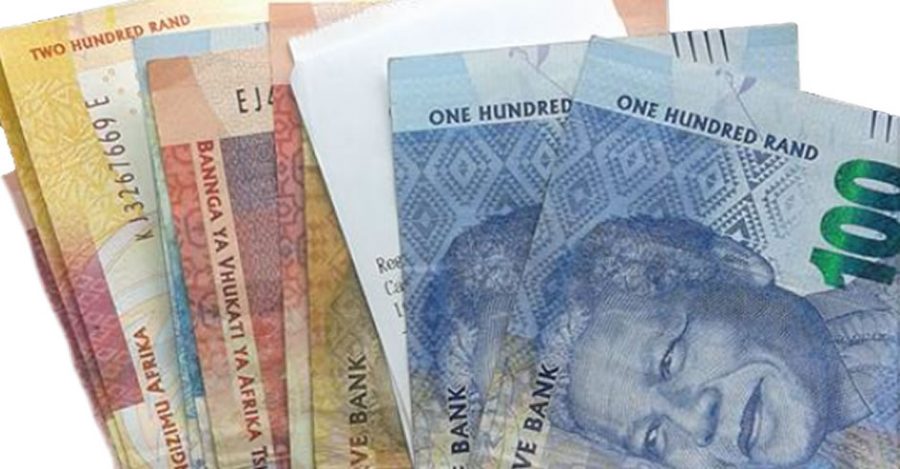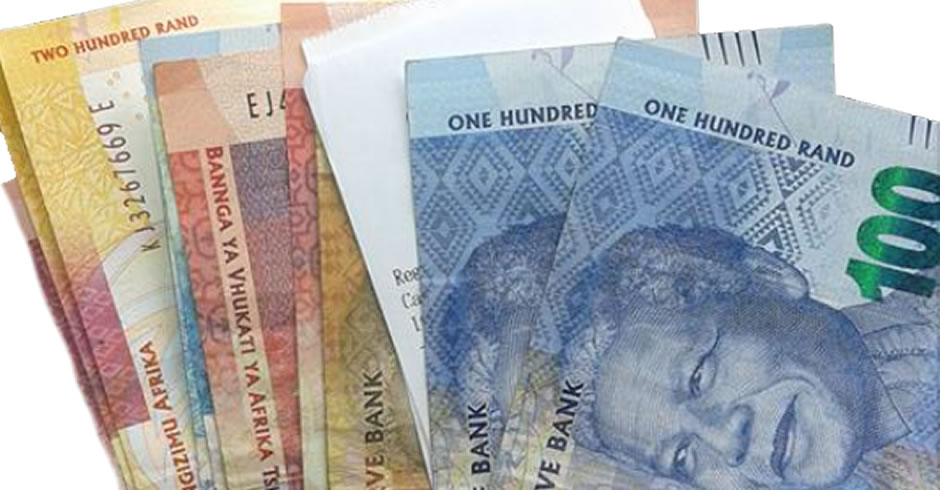
South Africa Avoids Recession as GDP Increases by 3.3%
CAPE TOWN – Statistics South Africa (Stats SA) Deputy Director-General Joe de Beer says the country’s headline figure, the real gross domestic product (GDP), grew by 3.3% in the second quarter of 2016. This is after the real GDP production decreased by 1.2% in the first quarter. “The main contributors to the GDP growth rate were […]

CAPE TOWN – Statistics South Africa (Stats SA) Deputy Director-General Joe de Beer says the country’s headline figure, the real gross domestic product (GDP), grew by 3.3% in the second quarter of 2016.
This is after the real GDP production decreased by 1.2% in the first quarter.
“The main contributors to the GDP growth rate were the manufacturing industry and the mining and quarrying industry,” the Deputy Director-General said.
The primary sector grew by 8.8%, with mining and quarrying growing by 11.8%, while agriculture, forestry and fishing decreasing by 0.8%.
De Beer said the increase in production in the platinum group metals was the main contributor of the growth in this sector.
The secondary sector grew by a rate of 5.3%, with manufacturing going up by 8.1%, construction by 0.1%, while electricity slumped by 1.8%.
Notable increases were reported by the petroleum and motor vehicles manufacturing divisions.
All industries in the tertiary sector recorded positive growth rates, with finance increasing by 2.9%, transport by 2.9%, trade by 1.4%, government by 1.2% and personal services contributing a positive growth rate of 0.8%.
The Deputy Director-General said in nominal terms, the GDP growth is estimated at R1 068 billion for the second quarter of 2016, which is R25 billion more than the first quarter of 2016.
He said agriculture expanded by R12 billion to R35 billion, mining by R9 billion to R76 billion, while manufacturing expanded by R6 billion to R125 billion.
Expenditure on GDP rises
The Deputy Director-General said expenditure on real GDP grew by 3.4% in the second quarter of 2016.
He said household final consumption expenditure increased by 1% in the second quarter, with the main sources of the increase being on miscellaneous goods and services and health services.
He said government final consumption expenditure increased by 1.3%.
The gross fixed capital formation decreased by 4.6%, with the main contributors to the decline being construction works and machinery and other equipment.
De Beer said, meanwhile, that net exports contributed positively to total expenditure on GDP – increasing by 18.1%.
He said the increase was mainly because of higher exports of precious metals and vehicle and transport equipment.
Imports decreased by 5.1% mainly because of lower imports of machinery and electrical equipment. – SAnews.gov.za